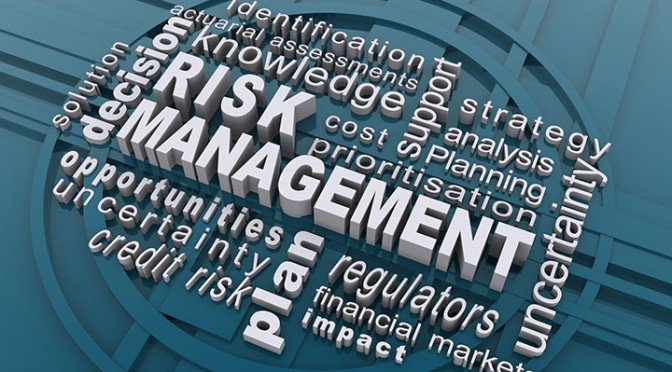The UK has some of the safest workspaces in the world, but protecting your employees from injury should still be your top priority.
1. Cover the basics
It's an employer's responsibility to protect the health and wellbeing of their staff and others that may be affected by their business, no matter how big or small their company. However, if you’re a new company or just want to make sure you’re complying with the law, you can avoid the majority of legal issues by ensuring you’re meeting the following standards, which are set out by the Health and Safety Executive (HSE), the UK’s health and safety regulator.
- Controlling injury and health risks that could arise at your workplace by protecting workers from anything that could cause harm
- Carrying out risk assessments on all risks with potential to cause harm at your premises
- Tell your employees about all risks in your workplace, how you will protect them and what training they might need to deal with them
- Consulting employees on health and safety issues, either directly or through a safety representative
- Display relevant posters and provide employees with an HSE approved health and safety leaflet
2. Get employers’ liability insurance
Employers’ liability insurance is a legal requirement for the vast majority of businesses and gives you some protection against any claims made by employees who suffer an injury or illness while they’re employed by you. An employers’ liability claim might be made for slips and trips, stress-related illnesses and more. Under the Employers' Liability (Compulsory Insurance) Act 1969, you are required to insure against liability if you have any employees who are normally based in England, Scotland or Wales.
3. Appoint health and safety champions
As suggested by the HSE, if you have a large business, consider appointing some health and safety ambassadors to help communicate your safety policies to everyone in the company. This will help filter down key messages - they can also act as your eyes and ears on the ground, too. Health and safety ambassadors could include representatives elected by the workforce from within each section of your business, or they could be appointed by a trade union.
4. Write a health and safety policy
A health and safety policy can help ensure all employees are aware of business-wide responsibilities when it comes to health and safety within your business. Your policy should describe who is responsible for what, when these responsibilities will require action, and how those responsible should be acting. This could cover general everyday tasks such as those responsible for ensuring machines are turned off, as well as infrequent or unlikely events such as fires and chemical spills.
5. Record and report
Under The Reporting of Injuries, Diseases and Dangerous Occurrences Regulations 2013 (RIDDOR), all employers and people in control of premises have a legal duty to record and report certain incidents, injuries, diseases or any other dangerous occurrence that involves employees or members of the public. As long as these records meet date protection requirements they can be kept in any form, but details that must be reported include:
- The date when the report is initially made
- The method of reporting the event
- The date, time, and place of the event
- The details of all involved
- A brief description of the event or disease being reported
In order to be extra vigilant, some companies also choose to report 'near miss' incidents, which can be used to adjust internal health and safety policies to prevent similar incidents in the future.
6. Keep up to date
Each industry is likely to have its own set of legally enforceable health and safety policies and risk assessments in place, so it's important for businesses to keep up to date with the relevant news. Trade unions, employers' organisations and trade associations are also good sources of help when it comes to industry-specific legislation changes. General government guidelines and regulations are also subject to change, so businesses should take steps to remain in line with any legal requirements that could apply to them.
7. Consider additional support
As explained above, there is a lot you can do as a business to build and maintain a robust health and safety policy. But it's also worth considering investing in external, professional support if you think it will benefit your company. Bollington provide bespoke risk management to businesses via our in-house team, who can help you with health and safety planning and audits, fire risk assessments, IOSH training, construction training, employment law and crisis management. The businesses we work with say they really benefit from the additional resource and support offered by having a Bollington Risk Manager working alongside their team. Find out more about our risk management services - call 01625 348 030 to speak to our team for initial advice or support with your existing risk management arrangements.








